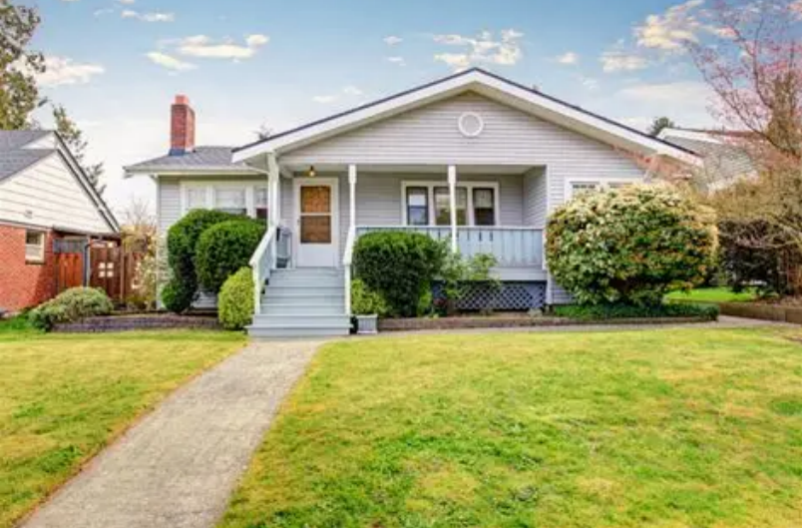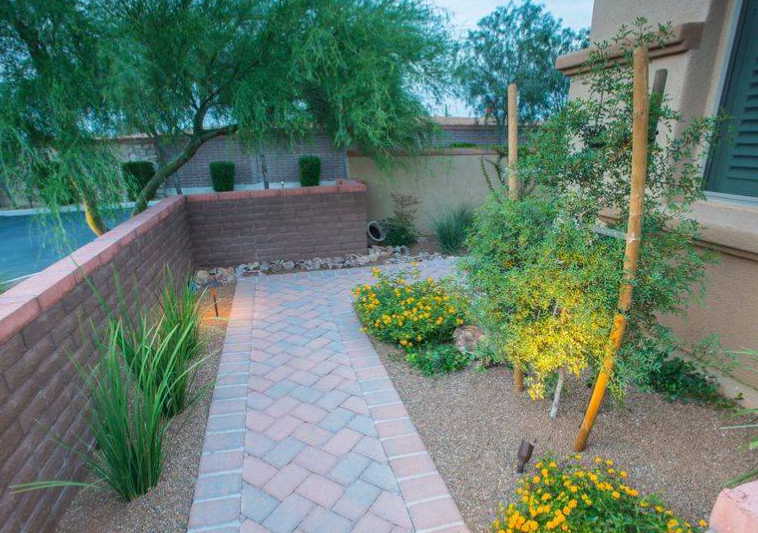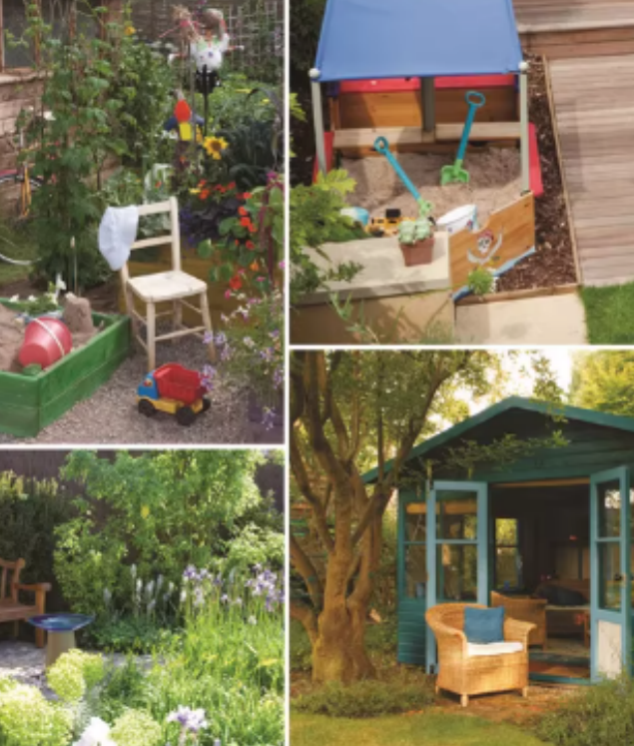
For urban dwellers aged 20-40 in Europe and America, home gardening has evolved from a hobby to a lifestyle: tending to rooftop vegetable patches in Berlin, balcony herb gardens in New York, or small backyard fruit trees in London offers a connection to nature, fresh produce, and a creative escape from city stress. Yet, this rewarding practice faces unexpected risks: a late frost destroying tomato seedlings in Paris, a storm damaging a custom-built raised bed in Chicago, or theft of high-value gardening tools (like electric tillers or irrigation systems) in Barcelona. Standard home insurance rarely covers these gardening-specific losses—treating plants as “disposable” and tools as secondary to household items. Home gardening insurance tailored for urban growers has emerged as a vital solution, safeguarding both the financial investment and emotional value of urban gardens.
This specialized insurance focuses on three core areas of urban gardening risk. First, plant and crop coverage: it reimburses growers for losses caused by weather events (frost, hail, extreme heat), pests (aphid infestations, rodent damage), or disease (blight, mildew)—even for small-scale crops like basil, strawberries, or dwarf citrus trees. For example, a grower in Amsterdam whose €300 worth of lettuce and cucumber plants are ruined by a sudden hailstorm could recoup 70-90% of the value. Second, equipment and structure protection: it covers gardening tools, supplies, and custom structures (raised beds, greenhouses, irrigation systems) against theft, vandalism, or accidental damage. High-value items like solar-powered watering kits or premium soil mixes are often included, with coverage limits ranging from €500-€5,000 in Europe and 1,000−10,000 in the U.S.—far more than standard home insurance allows. Third, liability coverage: critical for urban growers who share outdoor spaces (e.g., community garden plots in Berlin or shared rooftop gardens in Toronto), it covers legal fees and compensation if a visitor is injured (e.g., tripping over a garden hose) or if garden runoff damages a neighbor’s property (e.g., excess water ruining a downstairs apartment’s balcony).

For 20-40-year-old urban growers, the benefits extend beyond financial security. Many invest significant time and emotion into their gardens—using them to teach kids about sustainability or reduce food waste—and insurance mitigates the disappointment of losing months of work to unforeseen events. A 2025 survey by the European Urban Agriculture Network (EUAN) found that 82% of insured growers reported “greater confidence to expand their gardens” (e.g., adding more plants or building a small greenhouse) compared to uninsured peers. Convenience is another key advantage: most insurers offer digital claim processes, letting growers submit photos of damaged plants or stolen tools via app and receive reimbursements within 3-5 business days—ideal for busy professionals.
The market for urban gardening insurance has grown alongside the rise of urban agriculture, with providers offering flexible, region-specific plans. In Europe, Garden Protect (UK) offers “Urban Grower Plans” that cover balcony and rooftop gardens, with add-ons for organic crop losses. In Germany, HUK-Coburg’s “GrünGut” policy includes free consultations with horticulturists to help prevent pest or disease issues— a perk that appeals to novice growers. In the U.S., Lemonade’s “Garden Guard” is a standalone policy that integrates with smart gardening devices (e.g., soil moisture sensors) to offer premium discounts for proactive care, while State Farm’s “Urban Gardening Rider” can be added to existing home insurance for seamless coverage.
When choosing a policy, urban growers should prioritize three factors. Coverage specificity: Ensure the plan differentiates between “ornamental plants” (e.g., flowers) and “edible crops” (e.g., tomatoes)—edible-focused growers need coverage that accounts for the value of homegrown produce. Exclusions: Check if common urban risks (e.g., pollution damage in city centers or limited sunlight issues) are covered, and avoid plans that exclude “preventable” losses without clear guidelines. Provider expertise: Opt for insurers with experience in urban gardening—they understand the unique challenges of growing in small, city spaces and offer more relevant support (e.g., pest control resources).

For urban growers in Europe and America, home gardening insurance isn’t just an extra expense—it’s an investment in their green oasis. By protecting against losses, it lets 20-40-year-olds continue nurturing their gardens as sources of joy, food, and sustainability, without fearing setbacks. In a world where cities are becoming greener, this insurance model isn’t just innovative—it’s essential for anyone who tends to a little piece of nature in the urban chaos.



